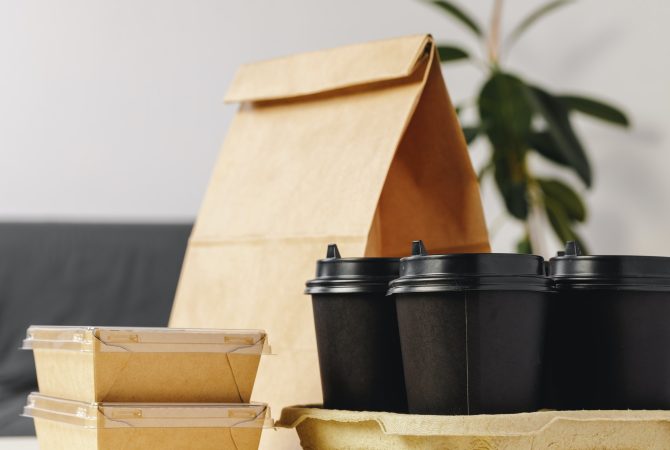Every custom packaging project starts with a quote. But why do vendors insist on knowing your product dimensions, desired design examples, and order size before providing pricing?
These three factors are the pillars of delivering packaging that works as designed, looks the way you want, and costs what you expect.
Knowing Length, Width, Height, design references, and order quantity ensures quotes cover all production variables, including material costs, tooling needs, and economies of scale. Let’s break this down.
Why does a difference in product height matter for pricing? How does a LWH reference impact printing methods? We’ll answer these and more.
Why Do Product Dimensions (LWH) Determine Quote Accuracy?
Ordering packaging without sharing product measurements is like building a house without blueprints.
Dimensions dictate material requirements and tooling costs. A 0.1" change could mean deeper pockets for a die-cut, or different material thicknesses—costs add up fast.
When we quoted a cosmetic brand’s new lipstick case, a 2mm height increase meant upgrading from 0.5mm to 0.8mm cardstock. Even a small change added $0.90/unit to the cost.
The Hidden Costs of Design Changes
| Dimension Detail | Impact | Cost Example |
|---|---|---|
| Incorrect Length | Misfit during assembly | Repackaging costs ($1.20/unit) |
| Thickness Mismatch | Tool modification fees | $1,500 mold adjust fee |
| Design Overlaps | Scrap material waste | 15% material overrun |
"Wasted materials from miscalculations account for 7-9% of average project budgets," says our senior project manager. Proper dimensions avoid this entirely.
Why Are Craft Reference Images Necessary for Quality?
A design concept without visual guidance is a guessing game.
Reference images show desired finishes, embossing patterns, or coating detail—data impossible to convey with words alone. Without these, vendors assume basic options, undercutting quality expectations.
A recent project for a artisan candle seller showed how critical: specifying foil accents and matte finishes through a Pinterest board cut rework time by 60%.
The Cost of Miscommunication
| Detail Omitted | Typical Correction Cost | Example |
|---|---|---|
| Printing Technique | $250/font redraw | Color gradient text design |
| Material Thickness | $800/gram material swap | Durable cardstock replacement |
| Structural Features | $1,200 tool reconfiguration | Unique layered structure |
One client’s missing dieline caused a 3-day delay and forced extra material sampling—a $2,300 unexpected cost.
Why Does Order Quantity Drive Unit Pricing?
"Let’s start small" is a tempting approach, but quantity impacts pricing far beyond scaling down.
Volume dictates material discounts and tool amortization. Ordering 1,000 units instead of 500 might reduce costs by $0.90/unit—sometimes more.
Last month, consolidating two liquor customers’ POs into a joint 5,000-unit run saved neither $0.45/unit—making both quotes more competitive.
Volume Discounts Simplified
| Item | 100 Units | 1,000 Units | 5,000 Units |
|---|---|---|---|
| Material per unit | $1.82 | $1.18 | $0.75 |
| Setup costs/unit | $0.75 | $0.12 | $0.05 |
| Delivery fees | $1.50 | $0.90 | $0.60 |
The ‘economy of scale’ factor alone accounted for $1.20/unit savings in our largest cosmetics client’s order—a $3,600 difference on 3,000 units.
What Happens if These Details Are Missing?
Quotes become best guesses. Delivery timelines stretch. Costs inflate when errors are caught late. Even simple mistakes—like forgetting product protrusions—might add $500-$2,000 in last-minute modifications.
Conclusion
Dimensions, design references, and order size aren’t just forms to fill—they’re keys to precision manufacturing. Missing one throws the entire project timing and budget into uncertainty.










